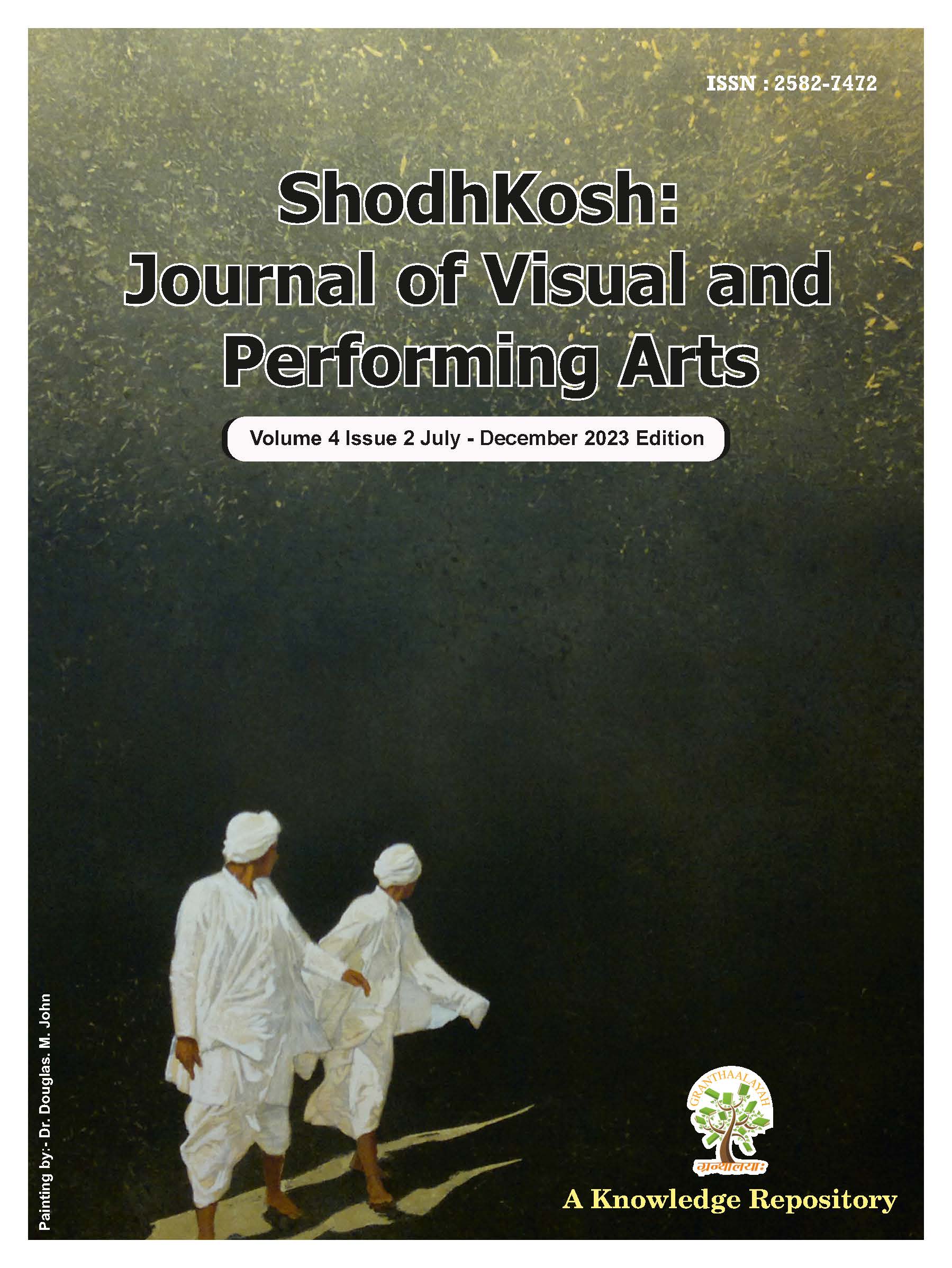APPLICATIONS OF NUMBER THEORY IN CRYPTOGRAPHY
DOI:
https://doi.org/10.29121/shodhkosh.v4.i2.2023.4021Keywords:
Applications, Number Theory, CryptographyAbstract [English]
Number theory is a branch of mathematics that plays a critical role in the field of cryptography, providing the theoretical foundations for many cryptographic algorithms and protocols. It involves the study of integers and their properties, including prime numbers, divisibility, modular arithmetic, and Diophantine equations. Cryptographic systems leverage these number-theoretic concepts to secure communication, protect data, and ensure privacy in digital transactions. One of the most significant applications of number theory in cryptography is in public-key cryptography, which relies on the mathematical difficulty of certain number-theoretic problems. For example, the RSA algorithm, one of the most widely used public-key cryptosystems, depends on the difficulty of factoring large numbers, a problem that is grounded in number theory. Modular arithmetic and prime number theory form the core of RSA key generation, encryption, and decryption processes. Similarly, Elliptic Curve Cryptography (ECC) uses the algebraic structure of elliptic curves over finite fields and relies on the difficulty of solving the Elliptic Curve Discrete Logarithm Problem (ECDLP). Other number-theoretic methods, such as modular exponentiation and the Euclidean algorithm for finding greatest common divisors, are central to the security of protocols like Diffie-Hellman key exchange, which allows two parties to securely share a secret key over an insecure channel. Digital signatures, which authenticate and verify the integrity of messages, also use number-theoretic operations, often involving modular arithmetic and hash functions. In conclusion, number theory is indispensable to modern cryptography. It underpins the security of a wide range of cryptographic protocols and systems, ensuring the confidentiality, integrity, and authenticity of digital communications and transactions in an increasingly interconnected world.
References
Barker, E., & Barker, W. (2012). Recommendation for pairwise key establishment schemes using discrete logarithm cryptography (NIST Special Publication 800-56A Rev. 3). National Institute of Standards and Technology. DOI: https://doi.org/10.6028/NIST.SP.800-56Ar2
Katz, J., & Lindell, Y. (2014). Introduction to modern cryptography (2nd ed.). CRC Press. DOI: https://doi.org/10.1201/b17668
Schneier, B. (2015). Cryptography engineering: Design principles and practical applications (2nd ed.). Wiley.
Stinson, D. R. (2005). Cryptography: Theory and practice (3rd ed.). CRC Press. DOI: https://doi.org/10.1201/9781420057133
Menezes, A. J., Van Oorschot, P. C., & Vanstone, S. A. (1997). Handbook of applied cryptography. CRC Press.
Downloads
Published
How to Cite
Issue
Section
License
Copyright (c) 2023 Dr. Gavirangaiah K

This work is licensed under a Creative Commons Attribution 4.0 International License.
With the licence CC-BY, authors retain the copyright, allowing anyone to download, reuse, re-print, modify, distribute, and/or copy their contribution. The work must be properly attributed to its author.
It is not necessary to ask for further permission from the author or journal board.
This journal provides immediate open access to its content on the principle that making research freely available to the public supports a greater global exchange of knowledge.































